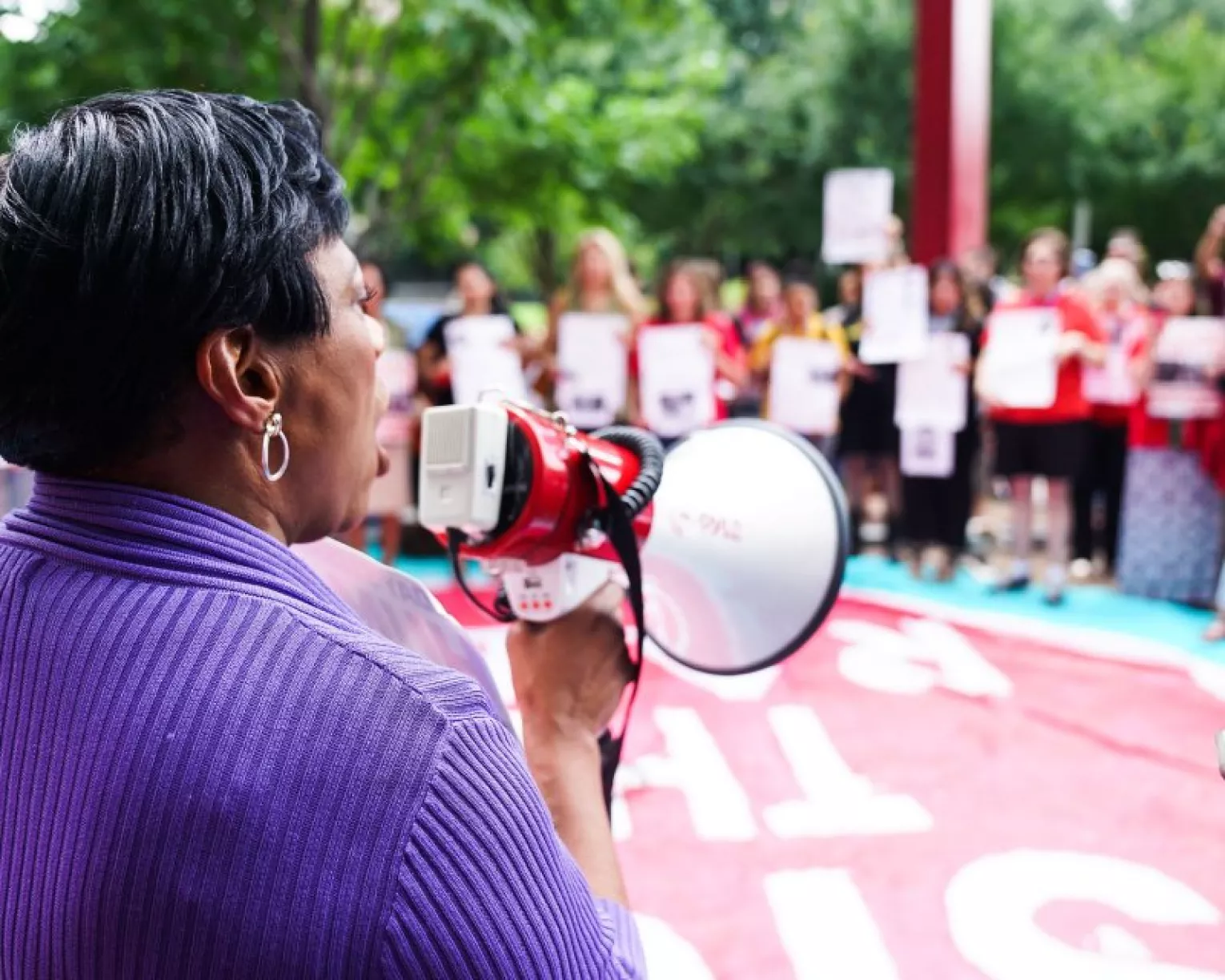Congress passed the Voting Rights Act in 1965 to fight attempts to discriminate against voters, but today a faction of elected representatives refuses to pass laws to protect our freedom to vote. Certain U.S. Supreme Court decisions in recent years have done more harm than good.
Many states are silencing the voices of Black, Brown, Indigenous, young, elderly, and disabled voters.
Congress must pass laws to ensure that every American can safely and freely cast their ballot, building on our legacy of expanding access to voting and welcoming all voices.
Voting Rights
Establishing nationwide protections
Voting Rights Act is Extended
Second Reauthorization
Pres. Reagan Signs Third Exention
Fourth Reauthorization Overwhelmingly Passes
Supreme Court Weakens Protections
Voting Rights Endangered
Use Your Educator Voice.


